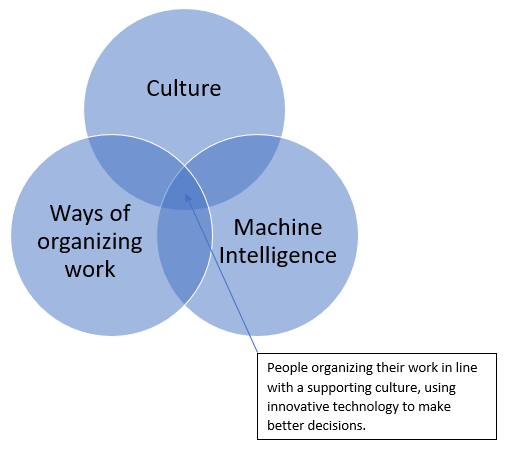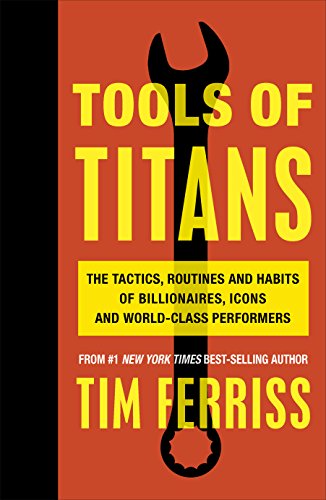Management theorists lack depth, I realized, because they have been doing for only a century what philosophers and creative thinkers have been doing for millennia. This explains why future business leaders are better off reading histories, philosophical essays, or just a good novel than pursuing degrees in business.
I just read “The Management Myth: Why the “Experts” Keep Getting It Wrong”, a book written by Matthew Stewart. It challenges the traditional ideas and practices of management in modern businesses. In his book, Stewart argues that the current system of management is based on flawed assumptions and that it is in need of a major overhaul. Basically, it needs more Schopenhauer, Kant, and Jung, than it needs Taylor.
One of the main ideas that Stewart explores in the book is the concept of expertise. He argues that the current system of management relies heavily on the idea of expertise, with managers being viewed as the experts who have all the answers. However, Stewart asserts that this notion of expertise is often misguided and that it can actually hinder progress and innovation.
“The idea of expertise is a trap. It seduces us into thinking that we know more than we do and that we can predict the future with greater accuracy than is possible. It lulls us into complacency and dulls our senses to the possibility of surprise.”
Stewart also critiques the way that modern businesses are structured, arguing that they often prioritize short-term profits over long-term sustainability. He argues that this focus on short-term gains leads to a lack of innovation and a failure to adapt to changing circumstances. It also leads to an all too positive view of what new shiny technilogy can do, dating all the way back to the beginning of the industrialisation:
This confusion of facts and values—or, more generally, the attempt to find pseudotechnical solutions to moral and political problems—is the most consequential error in Taylor’s work and is the cardinal sin of management theory to the present.
The book also brings up a thing I have noted when swithcing from privately owned companies to working for the City of Malmö:
“The main problem with the modern business enterprise is not that it is inefficient, but that it is a machine for the production of the wrong things. It is designed to produce profits for the benefit of a small group of shareholders and executives, rather than for the benefit of society as a whole.”
It is very liberating to not have a board of directors I never meet but who decide if I am needed or not, and to always work for the next quarter. Instead, we are in it for the long run and work for the great of the public instead of shareholders. A nice change.
Finally, the book brilliantly presents the steps anyone who worked with a management consulting firm has seen:
- Marketing (The Luring). Fly in “experts” from around the world, never to be seen again. Hold “conferences.”
- Diagnostic (Halloween). It’s trick and treat time. First, scare the pants off them. Crater their self-esteem. This requires what is known in the trade as a “trick.” A trick is a quick and easy analysis that will produce predictably horrifying results—predictable for you, horrifying for them. Consultants spend years honing these tricks. Second, offer to give them their self-esteem back in exchange for your treat!
- Implementation (Eating the Brain). The key to establishing an enduring presence is to colonize key functions in the client’s central nervous system. A good place to start is the planning function.
- Follow-ons (Metastasis). You’re already expanding deep inside the client organization, so think like a cancer.
- The Breakup.
It all ends in sending a hefty bill and the planning for a new round.
Of course, there are management consultants that can bring value. But after having read this book, written by a management consultant, I will be very cautious regarding whom to hire.
Image by maximiliano estevez from Pixaba, portraying a healthily sceptical manager.









